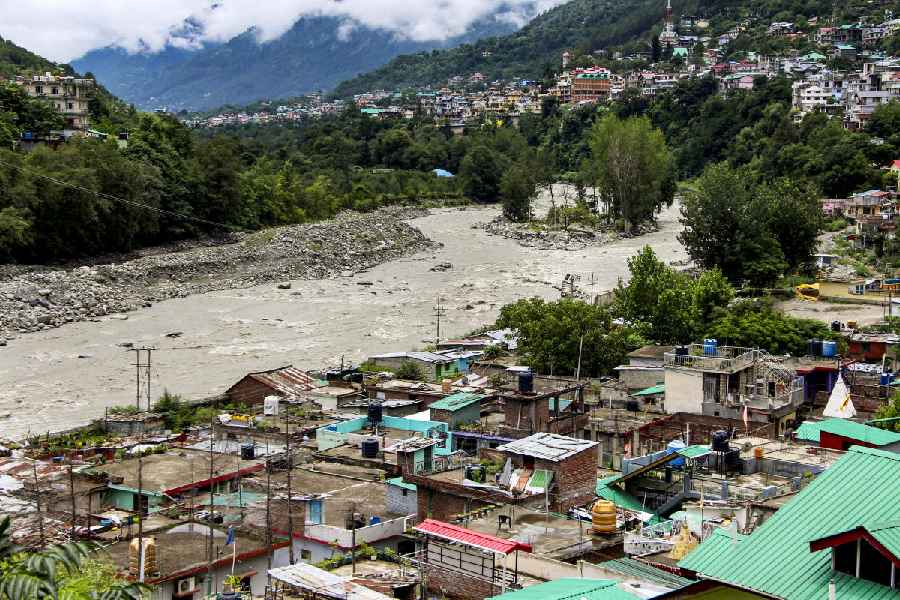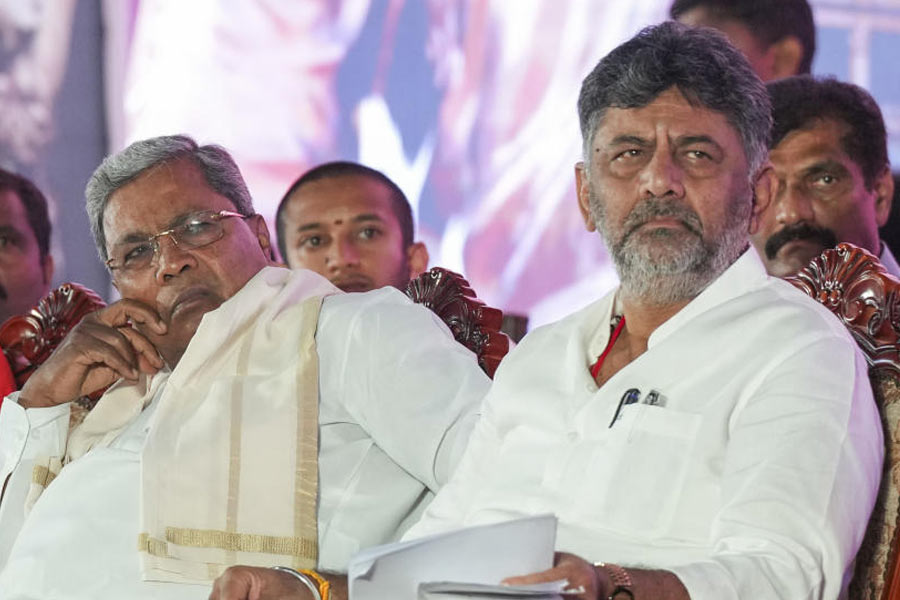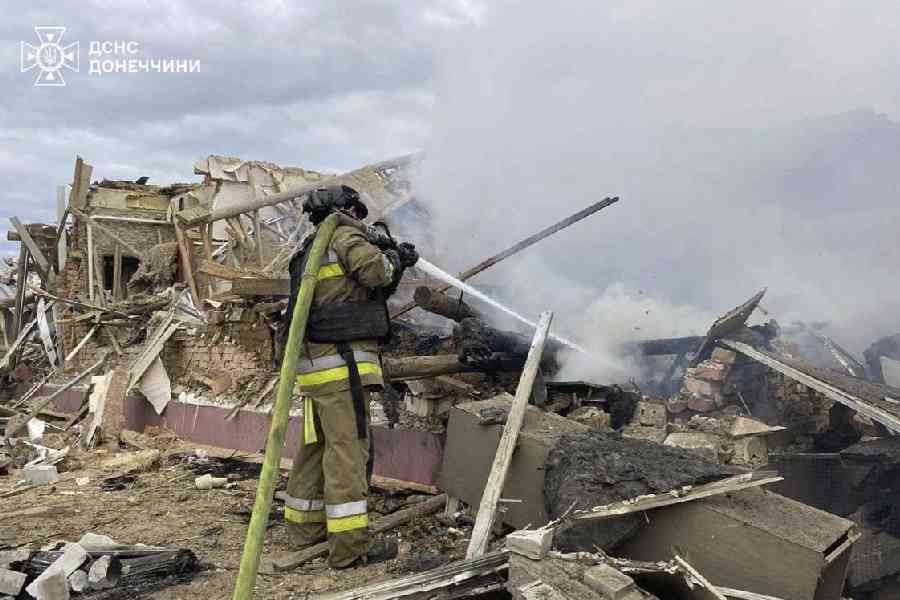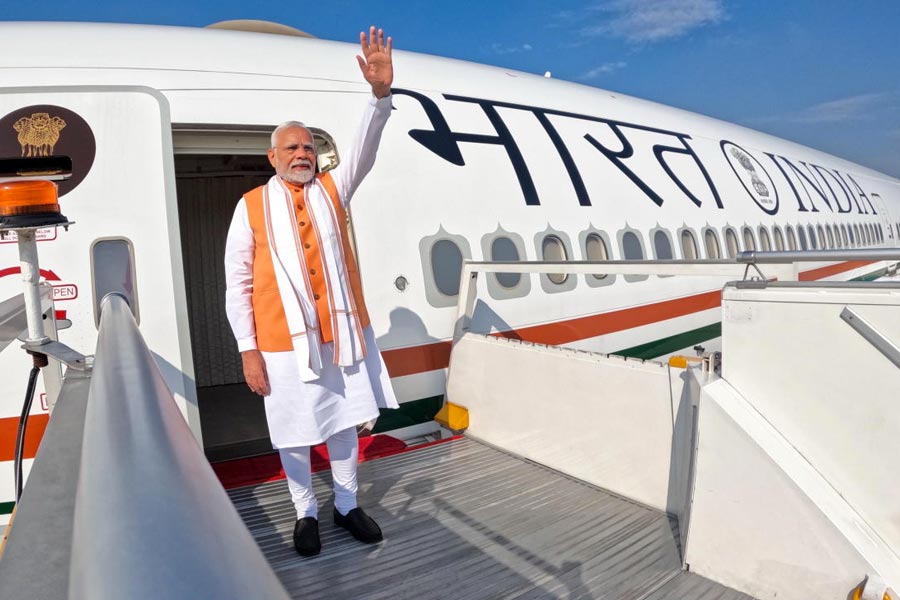 |
| File picture of the satradhikar of Majuli satra, Sri Narayan Chandra Goswami |
Feb. 22: The Vivekananda Kendra Institute of Culture has taken up a novel project aimed at documenting and thereby preserving the ancient Vaishnavite monasteries or satras of greater Guwahati.
The project, titled Investigation and Documentation of Satras of Greater Guwahati, involves study of the shrines to understand and define their present status and role in the lives of the city’s residents.
“During documentation, data on the history and background of the satras, their organisational hierarchy, their structural set-up and the religious and cultural activities will be recorded,” the director of the centre’s research council, Pradip Sarma, said.
Sarma said the project would cover several ancient satras of the city.
The institution of the satra, set up by saint Srimanta Sankardev, has influenced a large section of the people of the state since its inception.
The satras have been continuing to play the role of a social watchdog, besides its primary task of spreading the religion propagated by the great saint and reformer.
“During a preliminary study, we have identified a number of satras and naam ghars (community prayer halls) in the city. It was observed that most of the satras are linked to bigger ones located in other parts of the state, including Majuli, where Sankardev set up the first Vaishnavite monastery in the 15th century,” he said.
Sarma, who is leading the project team, said they have roped in college students in the survey to help spread awareness among the youth about the traditional faith and cultures with a view to motivating them to take part in protection and preservation of the satras.
The institutions enlisted by the kendra are Auniati Satra, Dihing Satra and Garmur Satra in North Guwahati, Tangara at Six Mile, Tokobari Satra at Paltan Bazar, Dakhinpat Satra at Hatigarh, Thakurbulia Satra at Kharghuli and Baghargaya Satra at Uzan Bazar.
During the survey, the kendra will locate and record extant manuscripts, texts and traditional materials of the satras.
The documentation and study report will act as a ready reckoner of the city’s Vaishnavite monasteries, which has the potential of becoming a major tourist attraction. It will also be of immense help to the student who wish to conduct research on satra culture.
Many monasteries also have a rich collection of instruments and articles, intrinsic to the satra culture.











